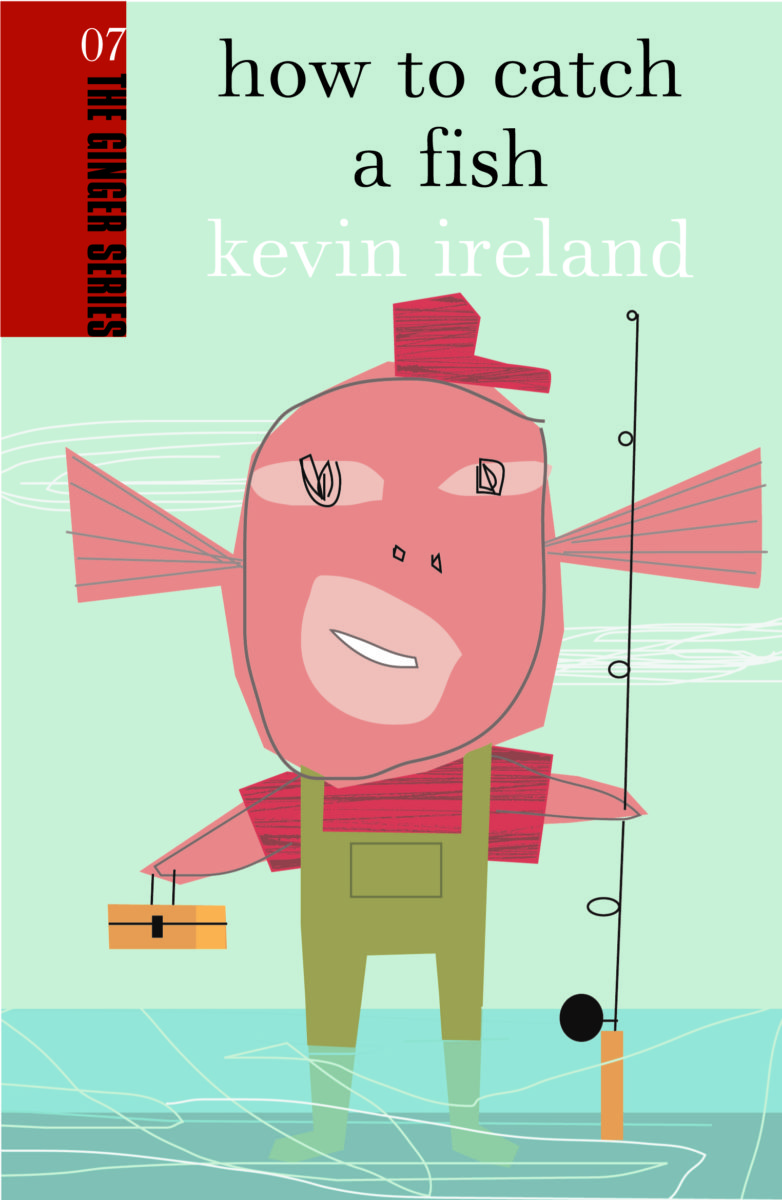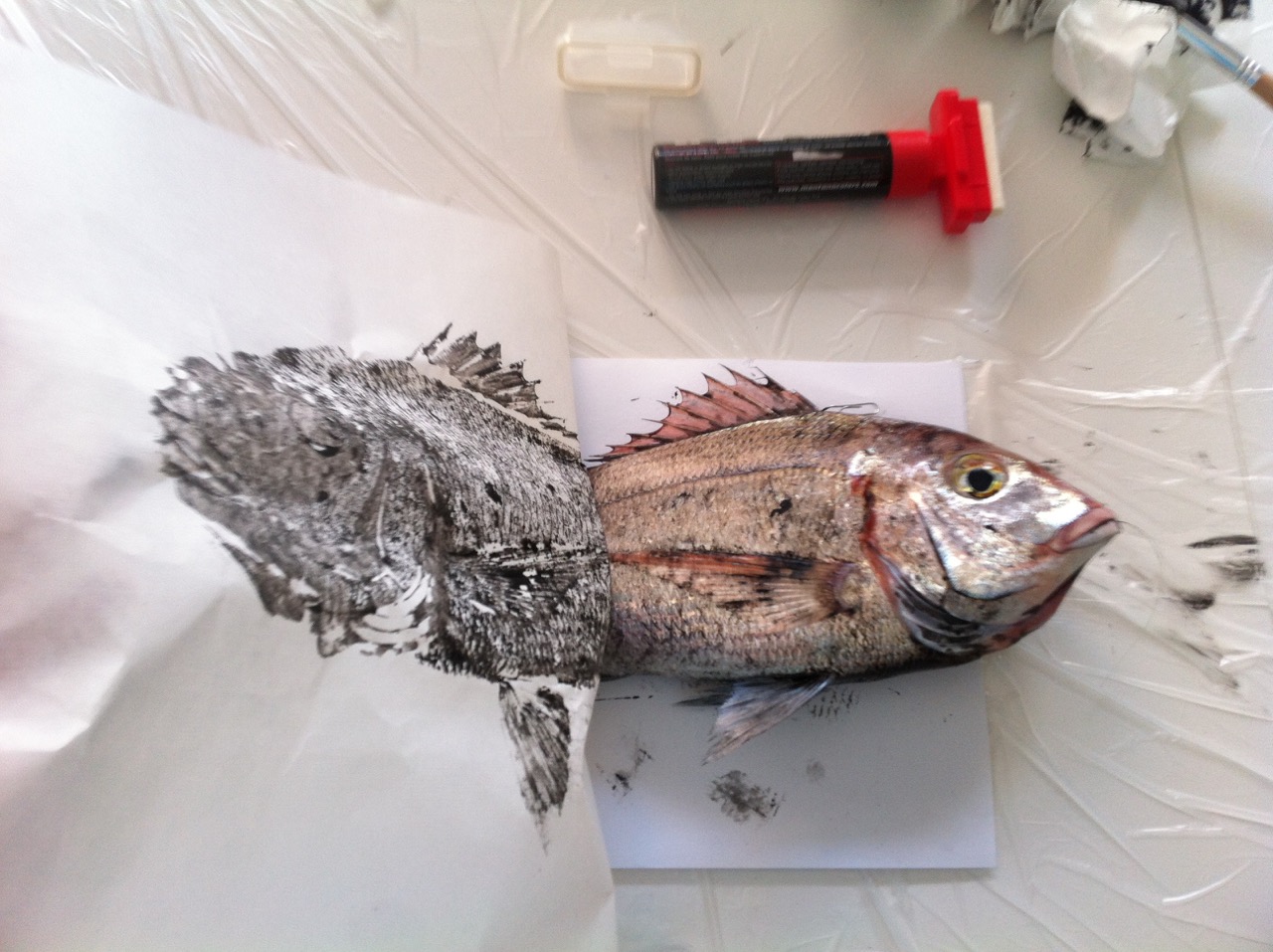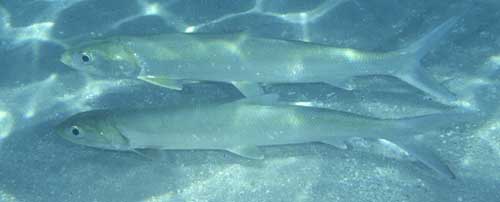
When it floated broadside, I was surprised it was of decent size.įrank offered to video with my cap cam so I tried to unhook and pose with the still squirming fish while maintaining a death grip. It briefly pulled straight down when it got near the kayak and I waited for the second long run that never came. Normally they battle all the way to the boat, splashing me as I try to bring it aboard but this one was fairly docile. That was unusually behavior for an awa awa. I kept the drag light so the hooks wouldn’t pull and the fish swam towards me after its initial run. The fish was on longer than the few seconds I normally would take to lose an awa awa and my confidence grew. I called out to Frank and was glad I had just changed to a fresh leader. Maybe the water was too calm and clear, and the predators were a little suspicious of our offerings?Īn hr and a half into our paddle, I got an odd, erratic tap on the line and turned to see an awa awa leave the surface of the water. We had 7 live oama each and yet the first 5 or so were cut in half, crushed or spit out by small papio, aha and one large papio that took line and shed Frank’s double hook. Frank and I decided to stay in the safety of the bay and hunt for something more exotic than omilu and whites. The forecast called for light north winds, with surf on the south and east shores. My family and friends much prefer awa awa paste to oio paste so I was on a mission to land one. Here’s how I hooked and lost the last one. The are the hardest fish for me to land because they aren’t often encountered, jump when hooked, and often succeed in tearing the hook out of their soft mouth. This list is incomplete you can help by adding missing items.The awa awa have eluded me all year. Several other species have been introduced to the freshwater habitats of Hawaii and some of these are invasive. stimpsoni, are famous for their ability to climb waterfalls to reach higher sections of freshwater streams. The seven native fish species regularly seen in fresh water are the flagtail Kuhlia xenura, the mullet Mugil cephalus, the gobies Awaous stamineus, Lentipes concolor, Sicyopterus stimpsoni and Stenogobius hawaiiensis, and the sleeper goby Eleotris sandwicensis. ĭue to its isolation, very few native freshwater fish species are found in Hawaii, and none are entirely restricted to freshwater (all are either anadromous, or also found in brackish and marine water in their adult stage). In the last century, some commercially fished stocks have decreased by 80-85%.

Other pressures on Hawaii's fish population are its fishing industries and whaling until IWC's moratorium in 1986.

BIG AWA FISH PATCH
Floating plastic garbage is a problem, and refuse from the Great Pacific Garbage Patch affects its beaches. The surrounding waters are affected by effluents generated and released from the islands themselves. The climate of Hawaii is typical for a tropical area, although temperatures and humidity tend to be a bit less extreme than other tropical locales due to the constant trade winds blowing from the east. This archipelago and its oceans are physiographically and ethnologically part of the Polynesian subregion of Oceania. In total the Hawaiian Islands comprise a total of 137 islands and atolls, with a total land area of 6,423.4 square miles (16,636.5 km 2). Due to Hawaii's isolation 30% of the fish are endemic (unique to the island chain).

The Northwestern Hawaiian Islands include many atolls, and reefs. The state encompasses nearly the entire volcanic Hawaiian Island chain, comprising hundreds of islands spread over 1,500 miles (2,400 km).Īt the southeastern end of the archipelago, the eight "main islands" are (from the northwest to southeast) Niʻihau, Kauaʻi, Oʻahu, Molokaʻi, Lānaʻi, Kahoʻolawe, Maui, and Hawaiʻi. The islands are part of the State of Hawaii, United States. The fish species of Hawaii inhabit the Hawaiian archipelago in the central North Pacific Ocean, southwest of the continental United States, southeast of Japan, and northeast of Australia. Eight main islands in the Hawaiian archipelago


 0 kommentar(er)
0 kommentar(er)
